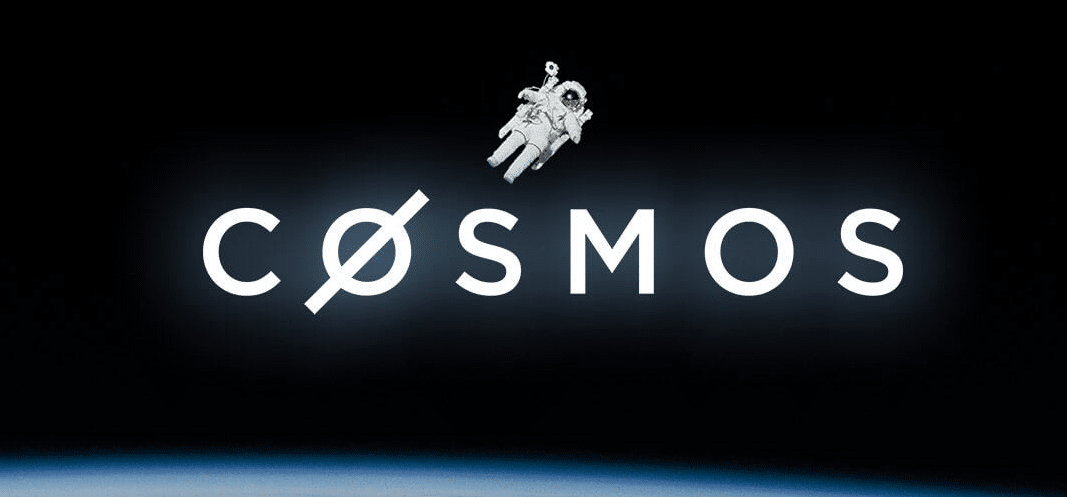In the ever-evolving landscape of blockchain technology, new platforms emerge to address the limitations and challenges faced by existing networks. One such platform that has garnered significant attention is the Cosmos blockchain.
Cosmos aims to solve the scalability, interoperability, and usability issues plaguing many blockchain ecosystems. In this article, we’ll delve deep into the Cosmos network, exploring its architecture, key components, use cases, and the potential impact it could have on the future of decentralized applications (dApps) and blockchain technology as a whole.
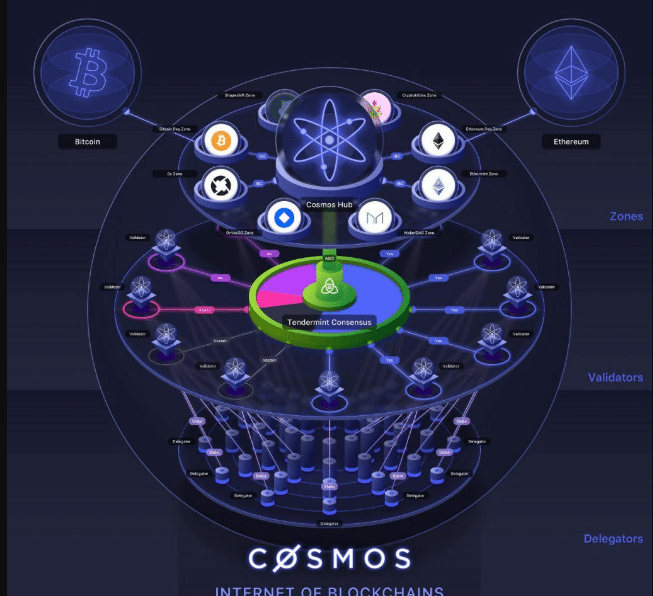
Understanding Cosmos: An Overview
Cosmos, often referred to as the “Internet of Blockchains,” is an ecosystem of interconnected blockchains designed to enable seamless communication and interoperability between different networks. It was founded by Jae Kwon in 2014 and developed by the Interchain Foundation, a non-profit organization based in Switzerland.
At its core, Cosmos seeks to address one of the most pressing challenges facing the blockchain industry: scalability. By providing a framework for building interconnected blockchains, Cosmos aims to create a scalable and efficient ecosystem capable of supporting a wide range of decentralized applications and services.
The Cosmos Blockchain Architecture
Cosmos network architecture is built around a few key components:
- Tendermint Core: Tendermint is the consensus engine that powers the Cosmos network. It uses a Byzantine Fault Tolerant (BFT) consensus algorithm to achieve fast finality and ensure the security of transactions. Tendermint Core serves as the backbone of the Cosmos ecosystem, providing a secure and efficient consensus mechanism for interconnected blockchains.
- Cosmos SDK: The Cosmos Software Development Kit (SDK) is a framework for building custom blockchains and decentralized applications. It provides developers with a set of modular tools and libraries for creating and deploying sovereign blockchains that can interoperate with other chains within the Cosmos network.
- Inter-Blockchain Communication (IBC) Protocol: The IBC protocol is the cornerstone of Cosmos’ interoperability solution. It enables different blockchains within the Cosmos ecosystem to communicate and transact with each other in a trustless and decentralized manner. With IBC, assets and data can be transferred between blockchains seamlessly, opening up a wide range of possibilities for cross-chain interactions.
- Cosmos Hub: The Cosmos Hub is the central hub of the Cosmos network, responsible for coordinating communication and transactions between different blockchains. It serves as a gateway for interchain communication and provides a common infrastructure for validators, governance, and economic coordination.
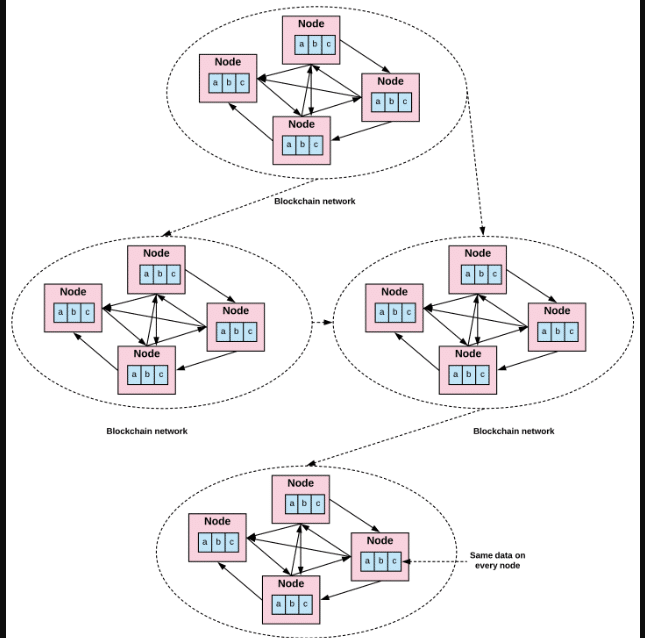
Use Cases and Applications of Cosmos Blockchain
The Cosmos network offers a wide range of use cases and applications across various industries. Some of the most notable use cases include:
Decentralized Finance (DeFi):
DeFi has emerged as one of the most promising use cases for blockchain technology. Cosmos is well-positioned to play a significant role in this space. With its interoperability features, Cosmos can facilitate cross-chain asset transfers, decentralized exchanges, lending platforms, and other financial services, enabling users to access a wide range of DeFi applications from different blockchains.
Cosmos, innovative architecture and interoperability features, poised to make a significant impact in the DeFi space.
At the core of Cosmos’ value proposition for DeFi lies its interoperability features. Traditional financial systems often suffer from fragmentation and siloed liquidity, hindering seamless interaction between different assets and platforms. Cosmos addresses this challenge by providing a framework for interoperability between diverse blockchain networks. This means that DeFi applications built on Cosmos can seamlessly communicate and transact with other chains within the Cosmos ecosystem, as well as with external blockchains.
Cross-chain Asset Transfers
One of the primary applications of Cosmos in DeFi is facilitating cross-chain asset transfers. Through the Inter-Blockchain Communication (IBC) protocol, Cosmos enables the transfer of digital assets between different blockchains in a trustless and decentralized manner. This functionality is crucial for DeFi users looking to diversify their holdings, access liquidity across multiple chains, or execute complex trading strategies involving assets from various blockchain networks.
Moreover, Cosmos’ interoperability features pave the way for the development of decentralized exchanges (DEXs) that operate across different blockchains. These cross-chain DEXs leverage Cosmos’ infrastructure to provide users with access to a wide range of trading pairs and liquidity pools, regardless of the underlying blockchain technology. By eliminating the need for centralized intermediaries and enabling peer-to-peer trading, cross-chain DEXs on Cosmos offer greater security, transparency, and efficiency compared to traditional exchanges.
In addition to cross-chain asset transfers and decentralized exchanges, Cosmos supports the creation of decentralized lending platforms within the DeFi ecosystem. These lending platforms enable users to borrow and lend digital assets without relying on traditional financial institutions. By leveraging Cosmos’ interoperability features, decentralized lending platforms can tap into liquidity from multiple blockchain networks, providing users with access to a diverse range of lending and borrowing opportunities.
Financial Services
Furthermore, Cosmos enables the development of other financial services and products within the DeFi space, such as yield farming protocols, liquidity mining incentives, and asset management platforms. With its modular architecture and developer-friendly tools, Cosmos empowers innovators to build custom DeFi applications tailored to specific use cases and user preferences.
Overall, Cosmos’ interoperability features position it as a key player in the DeFi landscape, enabling seamless cross-chain asset transfers, decentralized exchanges, lending platforms, and other financial services. The Layer 1 blockchain DeFi ecosystem continues to evolve and mature, poising to unlock new possibilities for decentralized finance, empowering users with greater access, flexibility, and control over their financial assets and transactions.
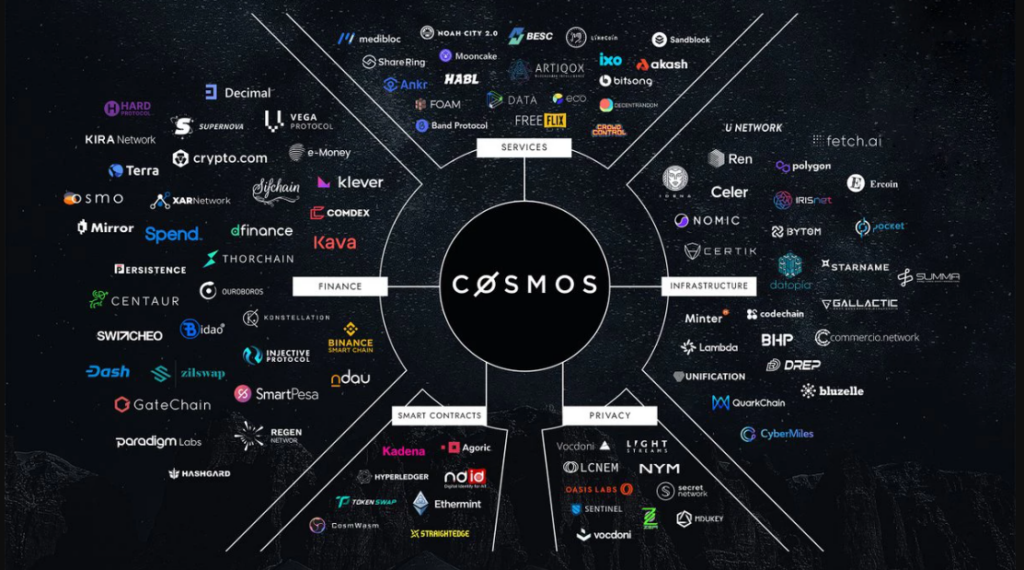
Cosmos Blockchain Cross-Chain Token Transfers:
One of the primary use cases for the Cosmos network is facilitating cross-chain token transfers. By leveraging the IBC protocol, users can transfer assets between different blockchains within the Cosmos ecosystem without relying on centralized exchanges or custodians. This opens up new opportunities for token issuers, traders, and investors to access liquidity and diversify their holdings across multiple chains.
Supply Chain Management:
Blockchain technology has the potential to revolutionize supply chain management by providing transparent and immutable tracking of goods and products. Cosmos’ interoperability features can enable seamless communication between different supply chain networks, allowing for real-time visibility and traceability of goods from production to delivery.
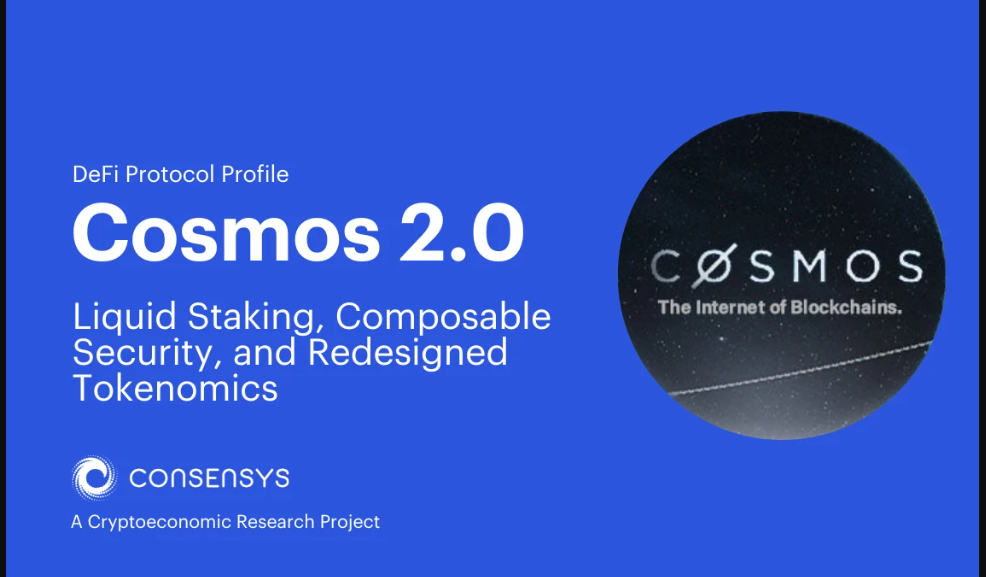
Gaming and Non-Fungible Tokens (NFTs):
The gaming industry is another sector that could benefit significantly from the Cosmos network. By leveraging Cosmos’ interoperability and scalability features, developers can create decentralized gaming platforms, in-game assets, and marketplaces that span multiple blockchains. Additionally, Cosmos can support the creation and transfer of non-fungible tokens (NFTs). Which have gained popularity in the digital art, collectibles, and gaming space.
Challenges and Future Outlook of Cosmos Blockchain
While Cosmos holds great promise for the future of blockchain technology, it also faces several challenges and obstacles that must be addressed:
- Adoption and Awareness: Despite its technical capabilities. Cosmos still lacks widespread adoption and awareness compared to other blockchain platforms like Ethereum. Building a vibrant ecosystem of developers, users, and applications will be crucial for the long-term success of the Cosmos network.
- Scalability and Performance: While Cosmos aims to address scalability issues through its modular architecture and interoperability features. It still faces scalability challenges as the network grows and expands. Ensuring high throughput and low latency will be essential for supporting large-scale adoption and use cases.
- Security and Governance: As a decentralized network, Cosmos relies on a robust governance mechanism to make decisions and coordinate upgrades. Ensuring the security and integrity of the network while maintaining decentralization will be an ongoing challenge for the Cosmos community.
Despite these challenges, the future outlook for Cosmos remains highly promising. With its innovative approach to blockchain interoperability and scalability. Cosmos has the potential to become a foundational infrastructure for the next generation of decentralized applications and services. As the ecosystem continues to evolve and mature. We can expect to see a growing number of projects and use cases built on top of the Cosmos network. Driving adoption and innovation in the blockchain industry.
You May Also Like: The Bitcoin Blockchain
Conclusion
In conclusion, Cosmos represents a significant advancement in blockchain technology. Offering a scalable, interoperable, and developer-friendly platform for building decentralized applications and services. With its unique architecture and features. Cosmos has the potential to unlock new possibilities for cross-chain communication, decentralized finance, supply chain management, gaming, and more. While challenges remain, the future outlook for Cosmos is highly promising. It will be fascinating to see how the ecosystem evolves in the years to come.
